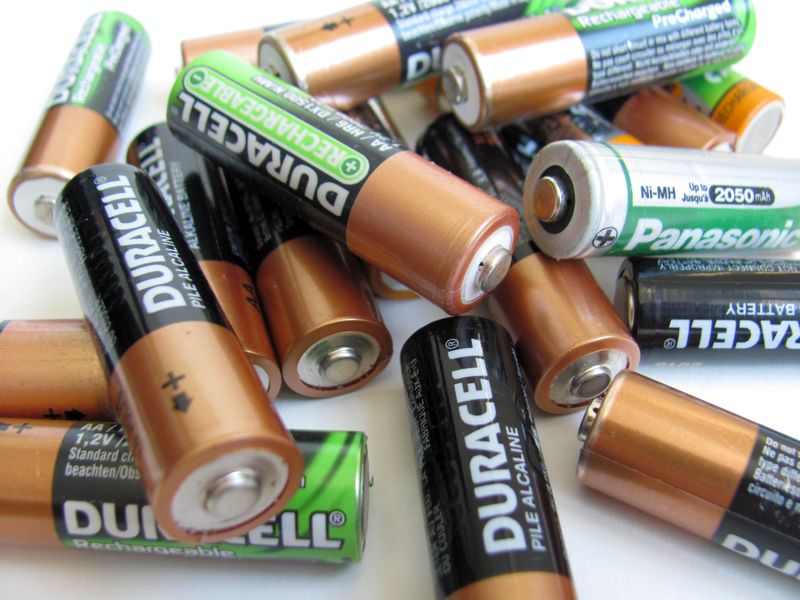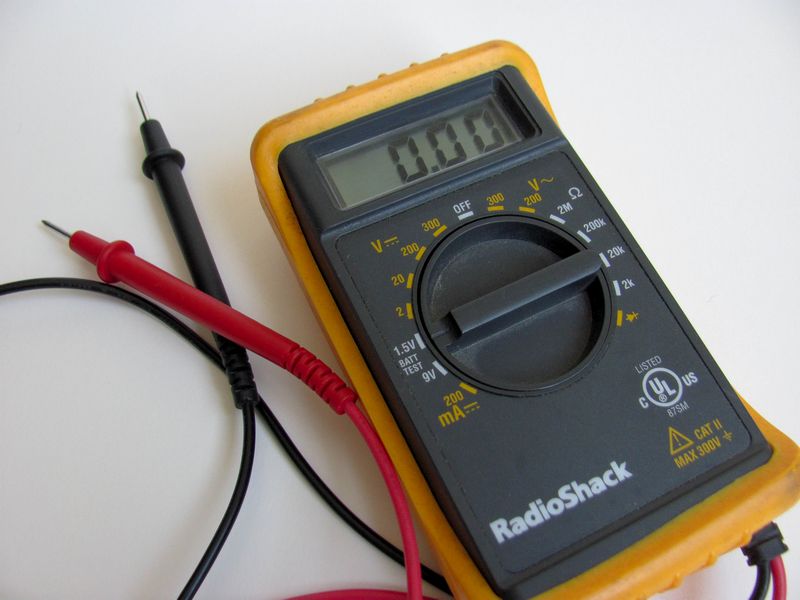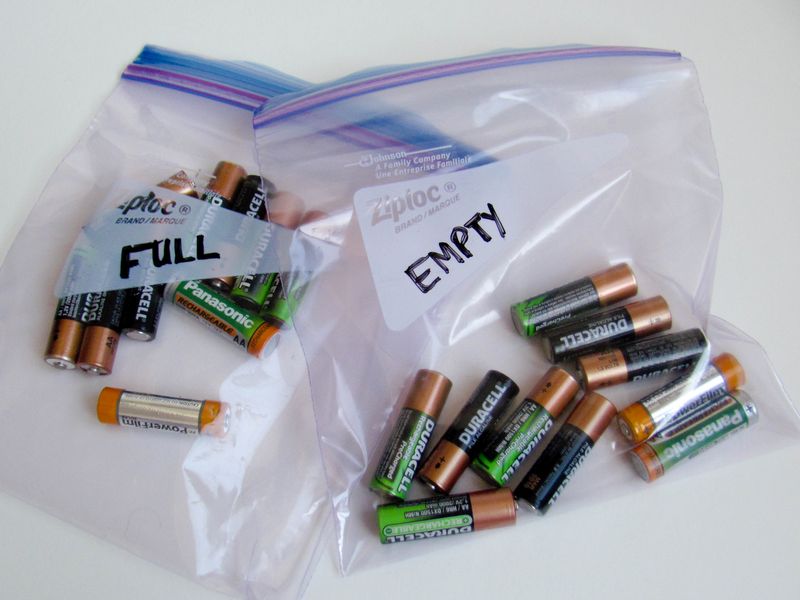Most of us now carry electronics into the wilderness, such as GPS, headlamps and cameras. Inevitably, this also means carrying a pile of new and used batteries. And while many things go great together—like marzipan and chocolate, sunsets and water, or vodka and orange juice—this isn’t true of new and used batteries. In fact, both battery and electronics manufacturers warn against mixing batteries. But is this advice intended to protect you or to increase battery sales?


It turns out there are actually three good reasons not to mix batteries of differing states of charge, or voltages. First, a used battery has higher internal resistance to current flow than a new one, and will heat up when the current of a fresh battery passes through it. If it overheats, the old battery can leak or rupture. Second, the voltage required by the device may be the sum total of all batteries. Using weak batteries will reduce the overall voltage available, and the added resistance of the old batteries will impede whatever voltage remains. Your device could perform poorly or fail to work at all. Third, using a new battery together with a discharged one will drain energy from the new battery. The fresh battery may actually try to charge the old one, wasting energy. This can cause your device to stop working prematurely. Which of these risks apply is a function of how a given device is wired, but since this is hard to tell, best to assume all of these are possible.
Unfortunately batteries look the same regardless of their state of charge, so unless you carry a volt meter it’s hard to tell if the little suckers are charged. The longer the trip or expedition, the greater the risk of mixing up the batteries. To prevent this, it’s best to start a trip with fresh batteries in all devices. Store any extra batteries in a ziploc bag marked “Full” or “New”. Carry another ziploc marked “Empty”, “Discharged”, “Old”, “Used”, “Depleted”, “Dead”, “The Kaiser Wears Blue on Tuesdays” or whatever else clearly indicates that these batteries aren’t fully charged. As batteries are drained put them into this bag so they can’t mix with the others. After all, the more your electronics work as designed, the sooner you can get home to enjoy that vodka and orange juice.

Considerations:
- In an emergency you may have to mix new and used batteries. To reduce the risk of malfunction, choose the freshest batteries available, use the device as little as possible, monitor the battery temperature, and assume performance will be reduced.
- On the trail or on the water, it may not be practical to get out the bag of used batteries every time some more batteries die. In this case, keep careful track of where you put the dead batteries.
- If some of your electronics don’t fully drain or charge their batteries, consider a separate ziploc for batteries with the intermediate state of charge. You can then use these in other devices.
Categories: Electronics